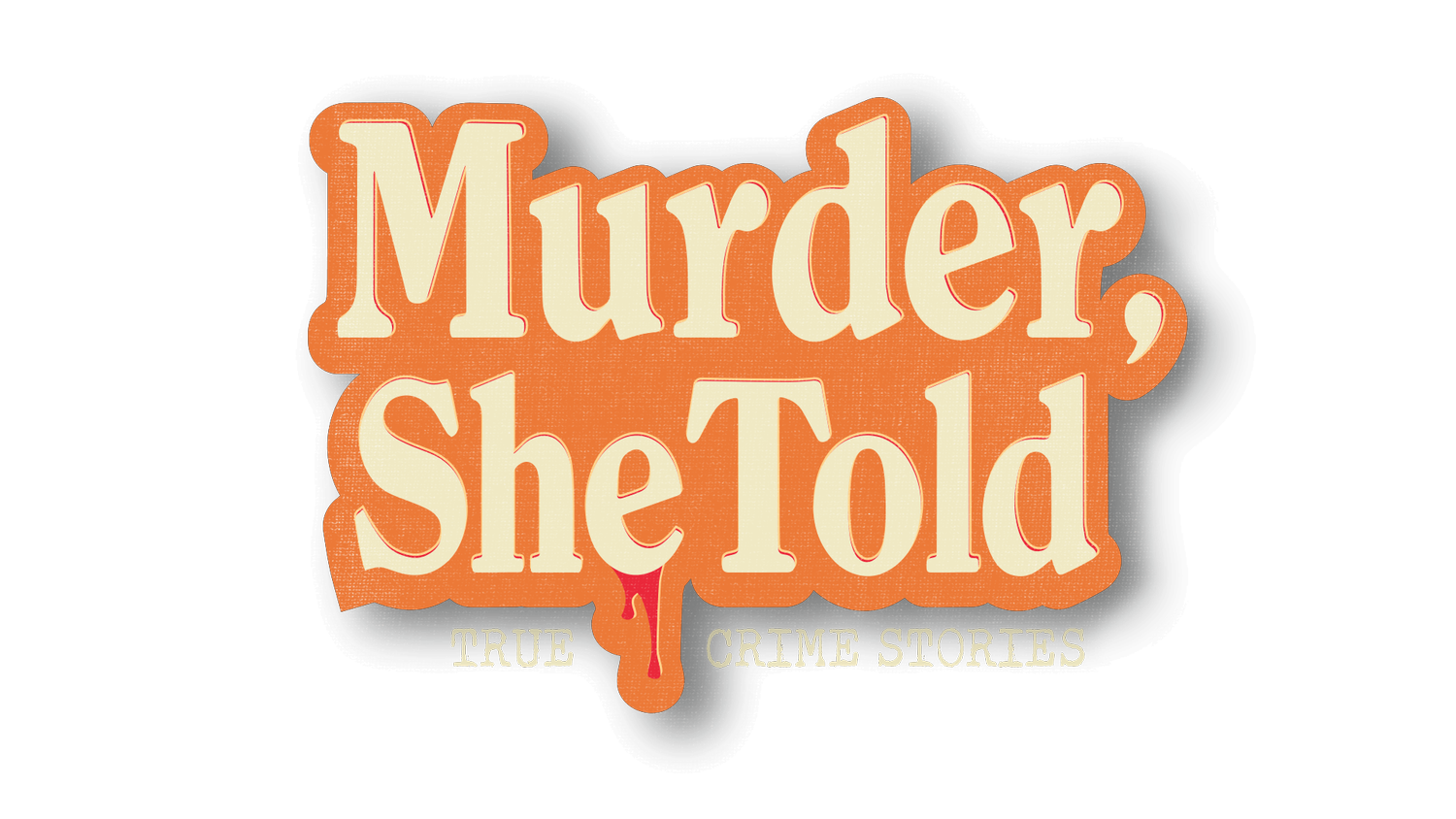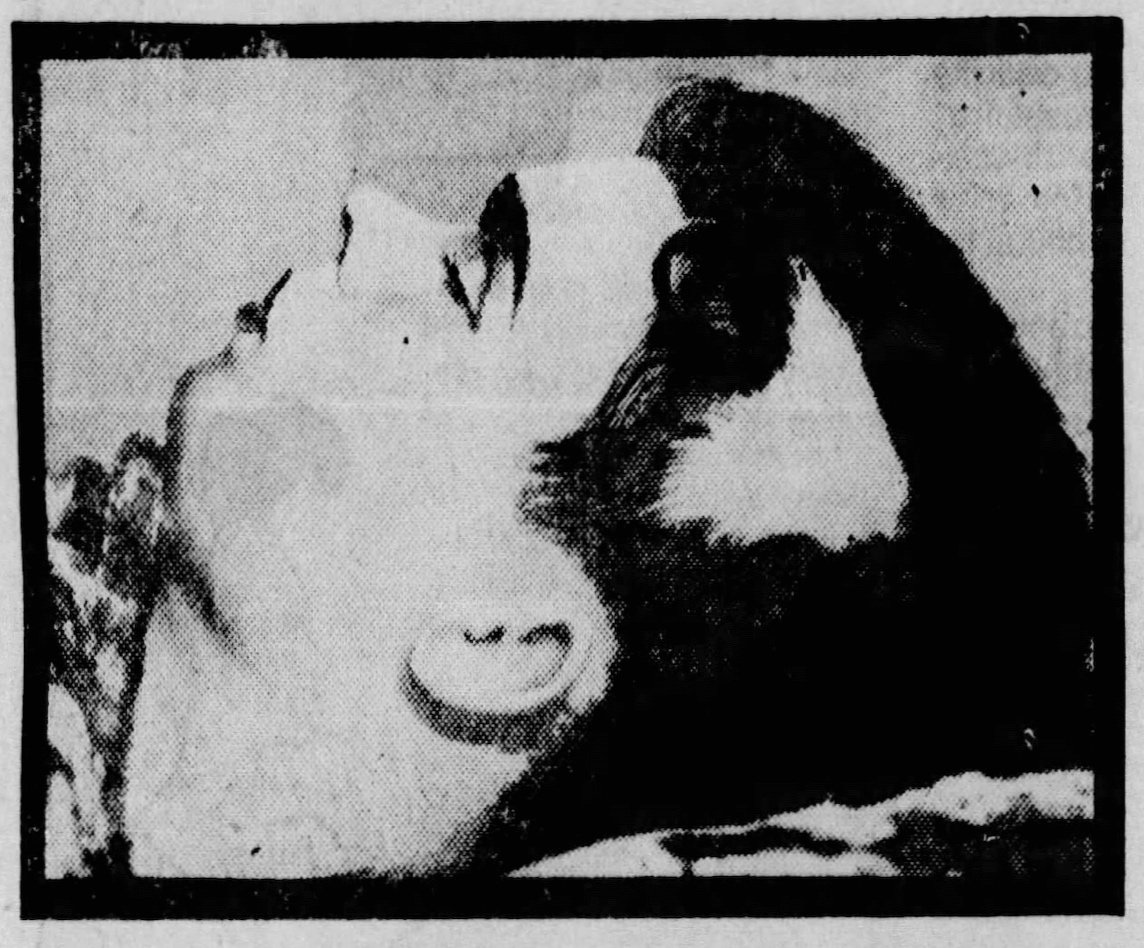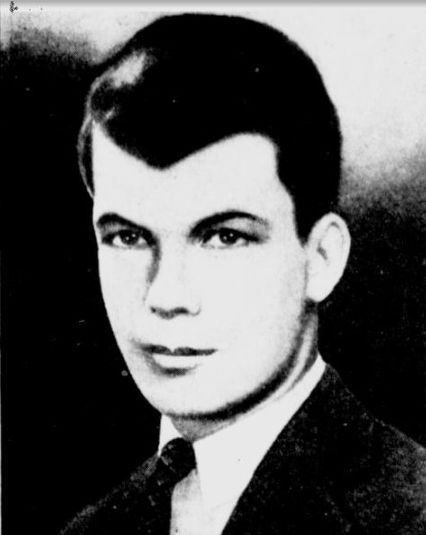Artemus Ogletree and the Mystery in Room 1046
A composite sketch of “Roland T. Owen”, who was later identified as Artemus Ogletree.
This story was featured on a special collaborative episode called Maze of Secrets. The segment from Murder, She Told about Room 1046 appears around the 26 minute mark.
The phone in room 1046
It was 11:03 on the morning of Friday, January 4th, 1935. The switchboard operator at the Hotel President in Kansas City noticed that the phone in room 1046 was once again off the hook—the white light on the board shined brightly. This was the third time that morning.
The first time was at 7:00AM that morning, and though there was a “Do not disturb” sign on the door, the bellboy, Randolph, knocked anyway—three times. There was no answer. He knocked again. A muffled masculine voice, low and gruff, said, “Come in... turn on the lights...” Randolph thought to himself that the voice didn’t sound familiar, but he’d only interacted with the man in 1046 a few times. He tried to open the door, but it was locked from the inside. He waited, but nobody came to unlock it. He sighed, assuming the man was half-asleep in bed, and said through the door, “Your telephone is off the hook, sir.”
The second time was at 8:30AM that morning—an hour and a half later. The phone was still off the hook, so they sent up another bellboy, Howard, to take care of it. Howard used his master key to enter the room and found it completely dark—the shades were drawn. The light in the hallway illuminated a man, laying naked on the bed, with a large dark spot surrounding him. The phone and its stand had both been knocked over, so Howard picked them up, returning the receiver it to its cradle. Assuming the man was drunk, he left.
It was now 11:03AM, and the phone was off the hook for a third time. Randolph went upstairs again, and what he discovered as the door to room 1046 swung open, was terrifying.
A terrifying discovery
He later told the Kansas City Star, “When I entered the room, this man was within 2 feet of the door on his knees and elbows, holding his head in his hands. I noticed blood on his head. I then turned the light on. I looked around and saw blood on the walls, on the bed, and in the bathroom. This frightened me, and I immediately left the room and went downstairs.”
When police arrived, they found the man in 1046 with a thin white cotton rope tied tightly around his neck. His hands and feet were bound with the white rope in amateurish knots, and it was stained a deep red from blood.
He had been severely beaten—his skull was fractured. He had stab wounds in his chest above his heart, and bruising on his neck.
Glass and blood were found in the bathroom; both of the drinking glasses had fallen and shattered in the sink. It appeared as though the man had tried to get a glass of water, but was hindered by the cords that bound him.
There were no weapons in the room, so police concluded none of the injures could have been self-inflicted.
Miraculously, the man was still alive when police arrived, but he was barely hanging on. Police tried to get details from him, asking him, “Who did this to you? Who hurt you?”
“Nobody,” he replied. He said his injuries were from falling against the bathtub... and then the man fell unconscious.
The hospital said his injuries were about 6 to 7 hours old, which meant they occurred prior to the first time Randolph knocked on his door around 7am. Unfortunately, he passed away at the hospital just after midnight that evening, leaving police with a baffling mystery to unravel that still remains today.
Roland T. Owen
The man in 1046 had checked into the hotel two days prior on Wednesday, January 2nd under the name Roland T. Owen. Hotel staff said he was between 20 and 35 years old with brown hair, a large scar on his head, and a cauliflower ear, caused from some kind of trauma.
When Randolph, the bellboy, took him up to his room when he checked in, he noticed Roland didn’t have any bags to carry. His few belongings—toothpaste, a toothbrush, and a hairbrush—were in his pocket.
Later that same day, a maid named Mary came up to clean the room while Roland was still inside. She noticed that the room was completely dark with the shades drawn and all the lights off except for a dim lamp in the corner. Mary said he seemed paranoid about somebody or something. He told her not to lock the because he was expecting a guest.
Around 4:00PM, she returned to bring fresh towels to the room. Upon entering the room, she encountered Roland laying on the bed in the dark—awake—and fully clothed. The door was unlocked. On the table was a note that read, “Don: I’ll be back in 15 minutes. Wait.”
The next morning around 10:30AM, Mary returned to 1046 to do some cleaning. It was locked from the outside (using the key that guests would lock the room with when they left the room, which apparently couldn’t be unlocked from the inside).
When Mary let herself in, she was surprised to find Roland sitting silently in the dark. Somebody had locked him in.
She remembered Roland receiving a phone call. She heard him say, “No, Don. I don't want to eat. I just had breakfast. No, I'm not hungry."
When she returned around 4pm to bring fresh towels, she heard the voices of two men speaking behind the door. Mary knocked on the door, and a man who wasn't Roland asked in a gruff voice, "Who is it?"
She explained why she was at the door, and the same man stated that they didn’t need any towels. Mary knew there weren’t any towels left in the room, but she didn’t press the issue.
The next morning, the guest in room next door said she was kept awake all night by a man and a woman arguing. It seems she meant 1046, but there was a party going on in 1055, so it’s possible she was mistaken. The night of Roland’s assault, nobody reported hearing any unusual sounds that indicated the level of violence that happened in the room.
The investigation
Roland T. Owen had no identification, no belongings, and bizarrely, his socks, shoes, overcoat, and hat that he’d arrived in were missing from the room. There was also no soap or towels in the bathroom.
The only clues police found in the room were an unsmoked cigarette, a hair pin, a safety pin, and a necktie label, all found on the rug near the bed. They also pulled 4 fingerprints from the telephone, and prints from the glass in the bathroom. They presumed the prints to be female, but never linked them to anyone.
Police concluded that Roland T. Owen was not the young man’s real name. There was no record of him anywhere.
After failing to uncover Roland’s true identify, it was decided that he would be buried in a pauper’s grave for unclaimed people. Upon the announcement, the Mellody McGilley Funeral Home received a phone call from an anonymous man insisting they bury Roland in Memorial Park Cemetery, and offered to pay for the full burial costs. Shortly after, the money arrived rolled up in a newspaper, and 13 American Beauty roses were sent to his funeral with a note that read “Love Forever, Louise.” According to one source, the caller said “I’m doing this for my sister” to the florist.
According to that same source, the unknown man who called up to pay for the funeral explained that Roland cheated on a girl, and that he, the girl, and Roland had a “little meeting” in 1046. Hotel staff did recall seeing a man and a woman coming out of 1046 that morning prior to discovering Roland. They seemed to be in a hurry. Finally, the man on the phone said, “cheaters always get what’s coming to them...” and hung up.
Artemis Ogletree
It was the spring of 1936, a year and a half later. A friend had given Ruby Ogletree the latest issue of American Weekly. There was something she wanted Ruby to see... and Ruby couldn’t believe her eyes.
On a page that detailed Roland T. Owen’s bizarre demise, the face that stared back at her... was her son, 19-year-old Artemus Ogletree. She hadn’t heard from him in quite some time.
Artemus had left his home in Alabama to travel, and Ruby hadn’t seen him since. At first, he’d handwritten her letters on a regular basis. But as time went on, the letters slowly dwindled.
She explained to the authorities that she’d received 3 typed letters from Artemus from 3 different cities in the spring of 1935. She thought it odd that they were typed because she was sure Artemus didn’t know how to use a typewriter. And she noticed the letters contained unfamiliar slang that didn’t seem like her son. Now Ruby knew it couldn’t have been her son. Her son was dead when the letters were sent.
But identifying Artemus didn’t give investigators the clues they needed, and instead of filling in the blanks, it only created more questions...
At any point during his stay or on the morning of January 4th, 1935, Artemus could have gotten help that may have saved his life. He could have even told investigators exactly what happened. But he didn’t.
Who was he protecting? Who was he meeting? Who took his life?
The Hotel President still stands today. It’s a historic landmark for Kansas City, and it’s still a hotel.
Buried with Atemus are the reasons he ended up in 1046 in the first place... but the walls of the hotel president hold secrets... and those walls saw a killer slip away unnoticed. Hidden beneath layers of history, paint and old wallpaper, are the secrets Atemus Ogletree took to his grave. Secrets we may never know.
This text has been adapted from Murder, She Told’s segment on the podcast episode, Maze of Secrets, a special collaboration with 9 other podcasts (including Frightful, Marooned, Rotten to the Core, Obscura, Once Upon a Crime, Crimelines, The Trail Went Cold, and Foul Play: Crime Series) each telling their own story. To hear more, find Murder, She Told on your favorite podcast platform.
To learn more about Atemus Ogletree, check out this article from Kansas City Mag called The Own Case written by Martin Cizmar.
Click here to support Murder, She Told.
Connect with Murder, She Told on:
Instagram: @murdershetoldpodcast
Facebook: /mstpodcast
TikTok: @murdershetold
The Hotel President in Kansas City
A photograph printed in the newspaper that showed Roland T. Owen’s unique head scar to try and identify him
The layouts of room 1046 and the hallway on the 10th floor at Hotel President.
A photograph of Atemus Ogletree
Sources For This Episode
Newspaper articles
Various articles from the Kansas City Star, Kansas City Times, Detroit Free Press, and Minneapolis Sunday Tribune detailed here.
Written by various authors including Peter Levins, Robert Pearlman, and Jack Martin.
Photos
Photos from The Kansas City Star, The Minneapolis Sunday Tribune, The Kansas City Times, and Find a Grave.
Credits
Murder, She Told’s segment on Artemus Ogletree was produced, researched, written, performed, and edited by Kristen Seavey
Additional production assistance by Byron Willis
The full episode of Maze of Secrets was edited and put together by Shane Waters of Foul Play: Crime Series. Click here for more.







